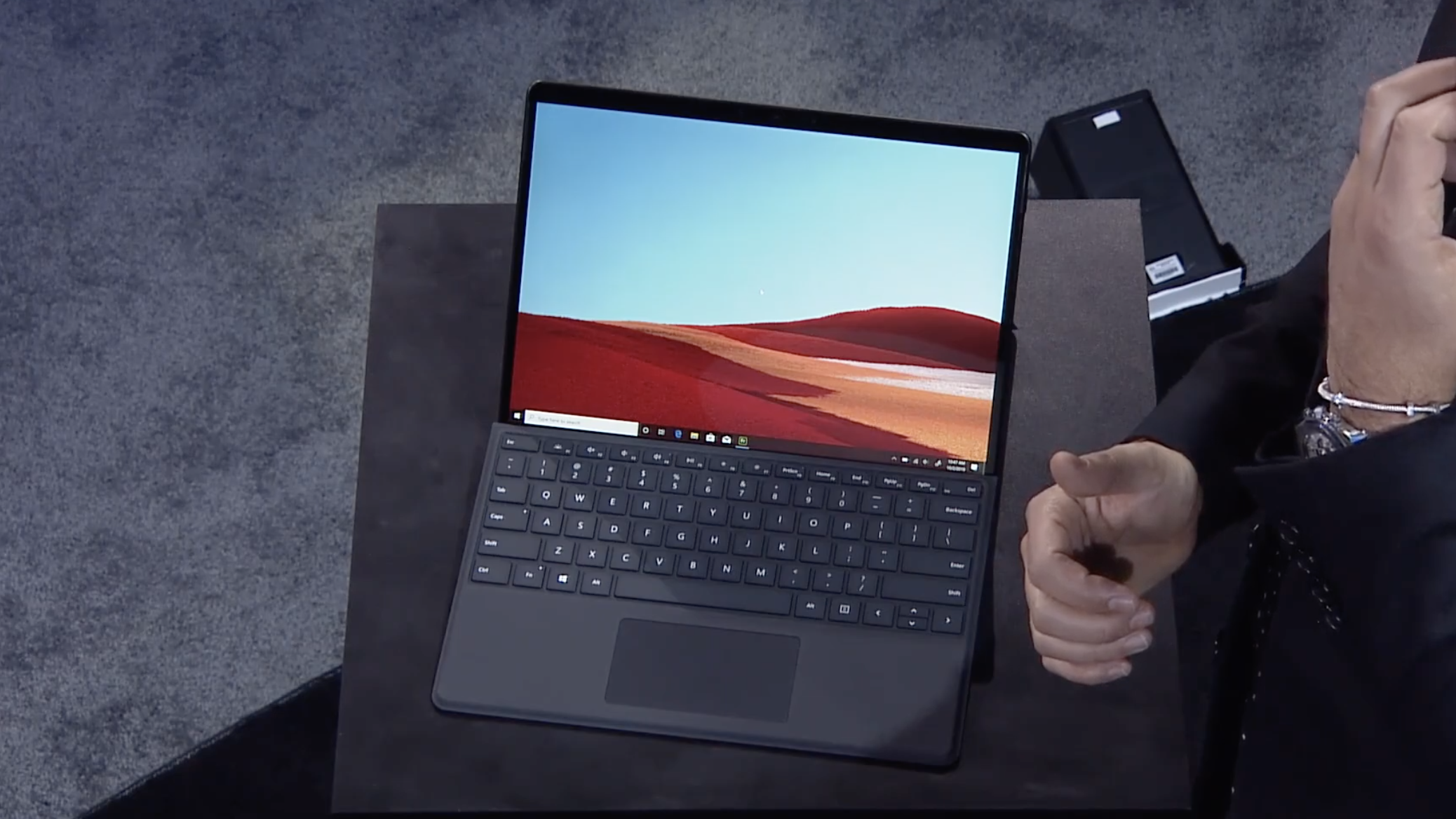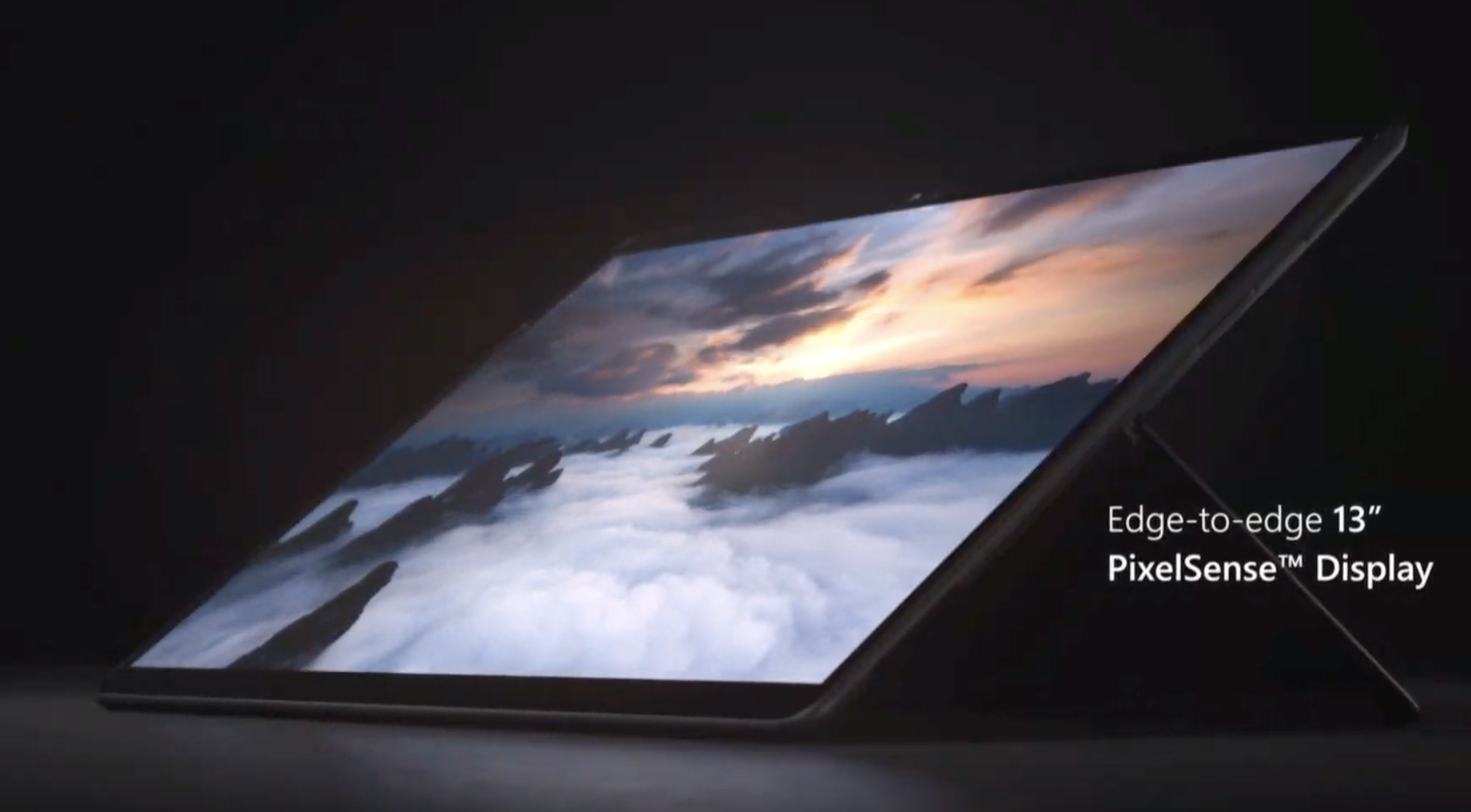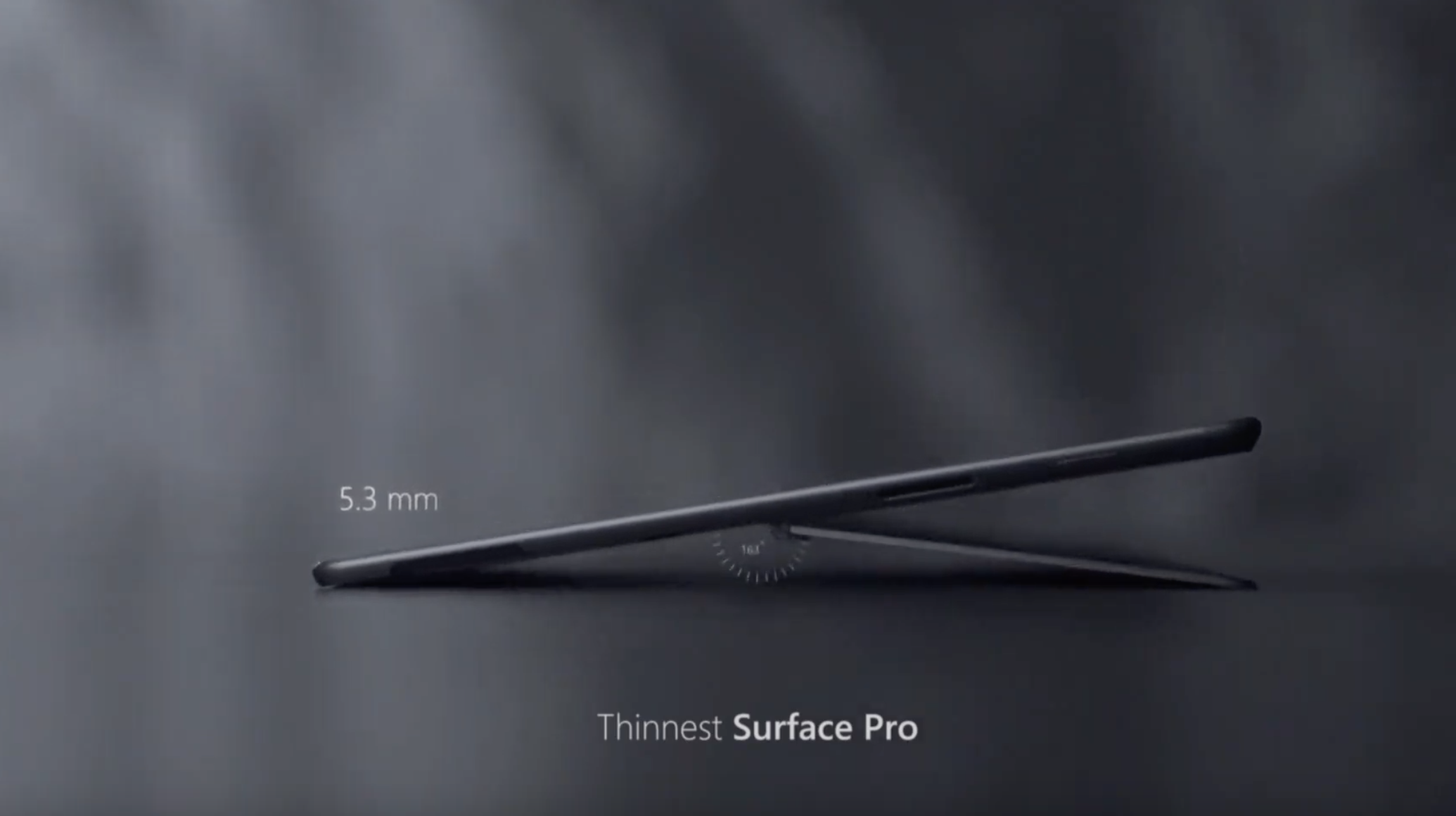[ad_1]
At the annual event for Surface Devices, Microsoft Today it announced the long-rumored ARM-based surface, the first time that Microsoft has launched itself a device with a processor inside ARM. The 13-inch device will use Microsoft's custom SQ1 chip, according to Qualcomm Snapdragon and AI accelerator, making it the first deck equipped with a built-in AI engine. Both Microsoft and Qualcomm have also created GPU cores specifically designed for Pro X, which will run the Microsoft Windows 10 version for ARM.
The Pro X will be available on November 5, starting at $ 999, and is now available for pre-order.

Microsoft began overcoming ARM-based devices a few years ago and capped this work by launching a number of ARM-powered devices from HP, Asus, and more, which promises a battery lifetime throughout the day and the ability to run almost every Windows. The app and performance are similar to the Intel low-end chip. To do this, Microsoft uses a binary interpreter that converts X86 Help to ARM64 when necessary, while still compiling nearly all of the original Windows 10 libraries for the ARM architecture.

Like other new Surface devices from Microsoft, the 13-inch Pro X ARM will feature USB-C and LTE connectivity. The screen features a contrast ratio of 1400: 1 and a resolution of 2880 x 1920 and can be extended to a 4K screen. At its thinnest point, the Pro X is 5.3 mm thick and weighs 1.68 lbs. There is also a removable hard drive, the first for the Surface line.
Along with Qualcomm, Microsoft designed its dedicated processor for this (SQ1). Microsoft also confirmed the team's work to build the AI engine in the chipset.
Microsoft has also launched a new slimmer Surface Pen for Pro X, which will provide its own storage space on the new Type Cover for the device.
It's no secret that ARM itself has worked hard to deliver chip design to laptops, desktops, and servers. With each new generation of its design, the company talks about how it wants to insert more chips into these machines, especially after its performance has often become more than appropriate for many use cases. With this Microsoft partnership, it's definitely a bit closer.


[ad_2]